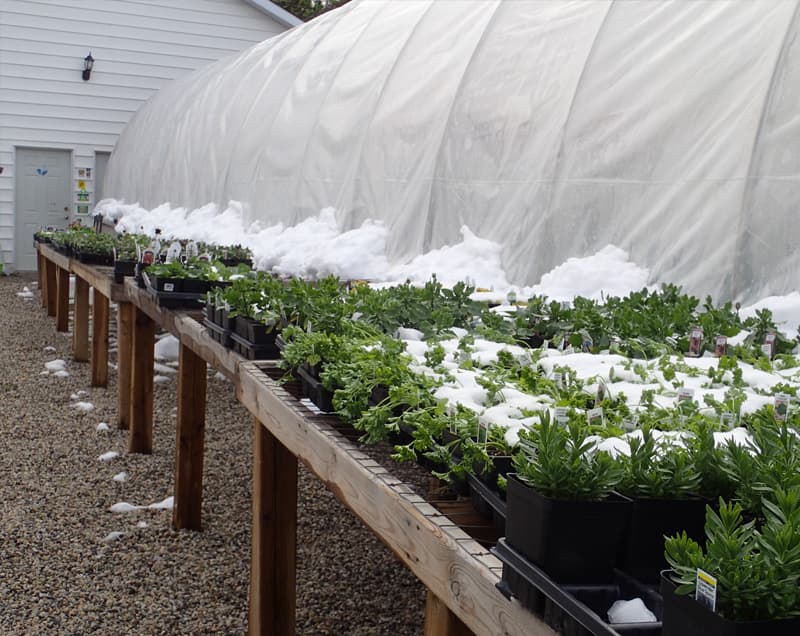Keep an Eye on the Weather Before Setting Out Frost Sensitive Plants
This is the time of year when eager gardeners want to get planting. The perennials are up, and some are already flowering. These are considered “hardy” plants and can withstand late spring frosts and snow.
Most of the beautifully blooming bedding plants and overflowing flowering container plants we grow as annuals. Many of these are called “tender” and have little or no tolerance to frost.
Plant labels often have this warning “plant after all danger of frost has passed.” Each May, we try to determine when that last spring frost will fall. It is often a gamble to know when those frost sensitive plants can go out.
The Vegetable Patch
In the vegetable patch, heat-loving crops like tomato, pepper, cucumber, squash, and basil can be killed in one cold night. Hardier crops like lettuce, spinach, carrots, and peas can be planted out much earlier.
Tough vs. Tender Plants
Some bedding plants are quite frost tolerant and greenhouses have had them outside for several weeks already- pansies and violas, lavender, parsley, and snapdragons. Keep a close watch on the weather forecast before setting out tender flowers like dahlia, begonia, impatiens, and coleus.
On our fruit trees and shrubs, the flower blossoms are the least hardy part of the plant. Protecting these plants starts with choosing the right location; avoiding frost pockets and sites that encourage early season growth.
In our short season gardens, we often look for ways to extend the summer and get just a few more growing days. If you can protect your cold tender plants, it is possible to safely plant them outside before the last spring frost hits.
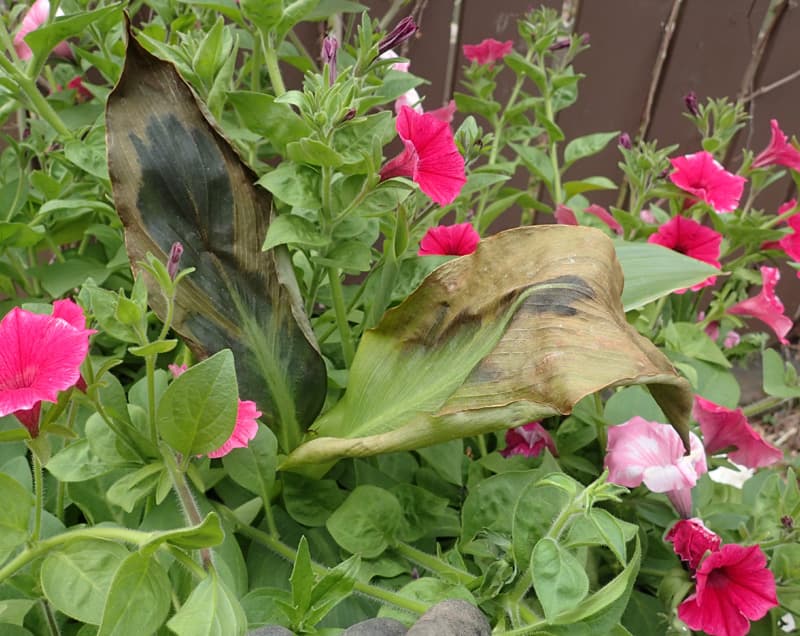

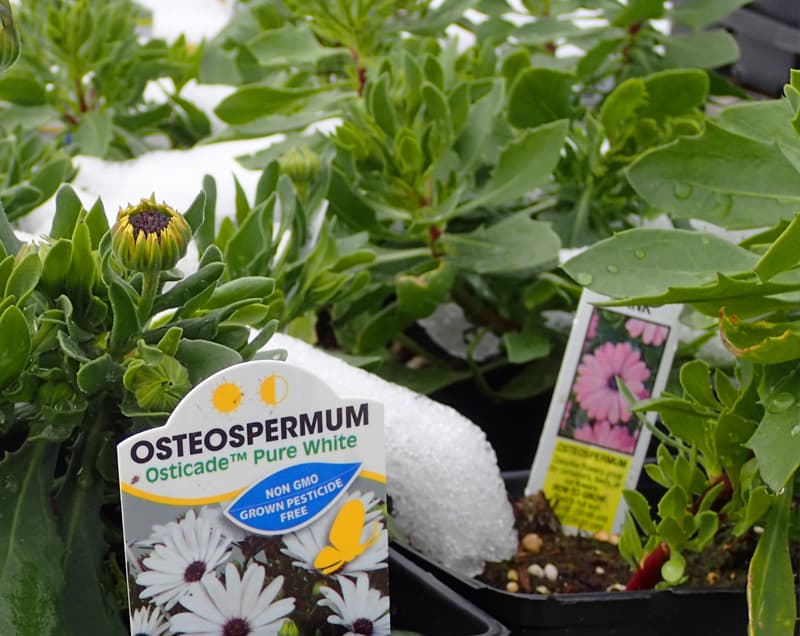

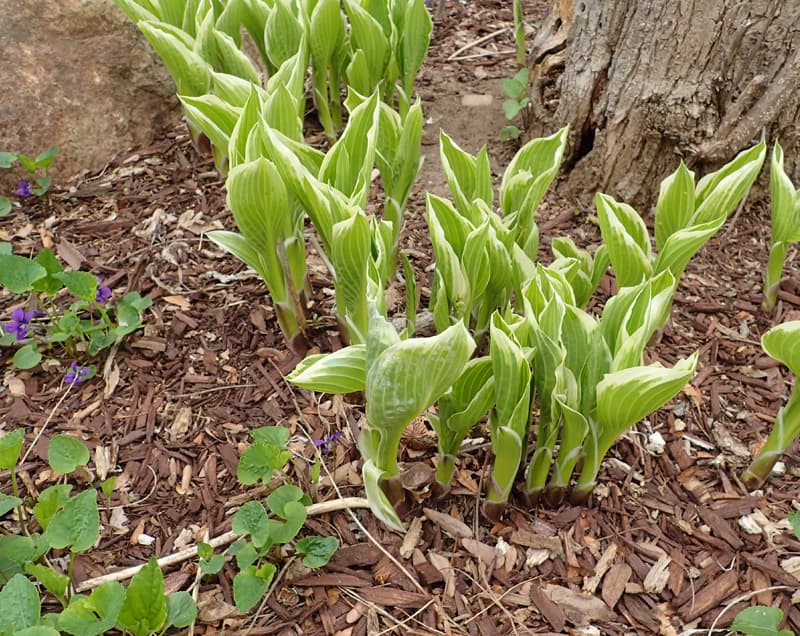
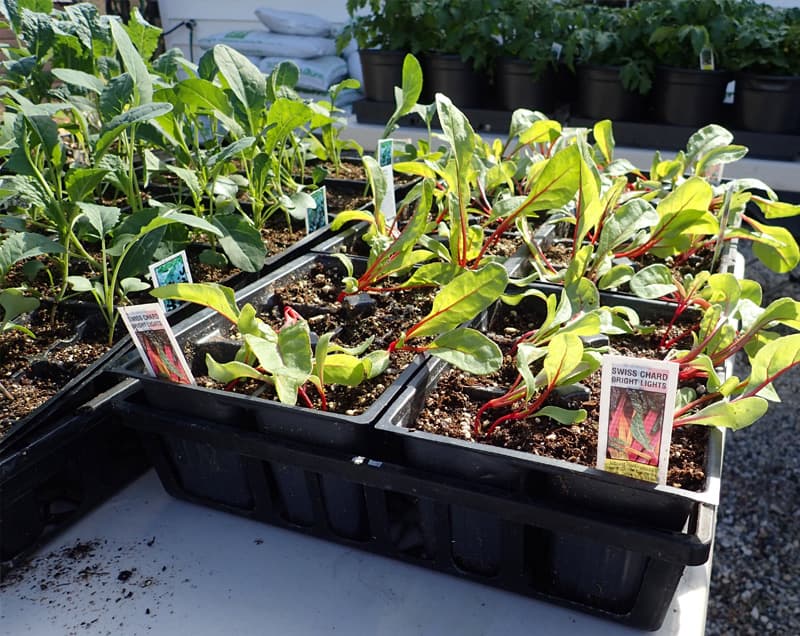
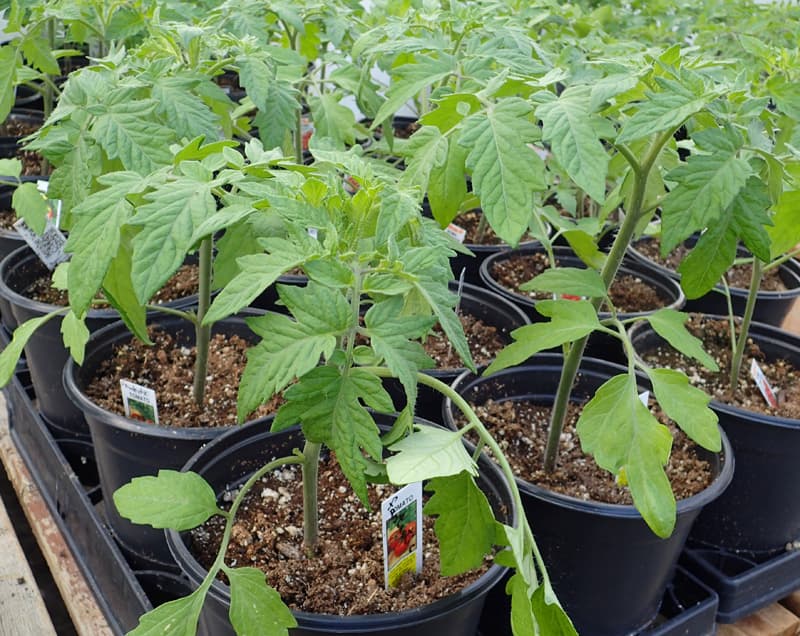
Tips on Protecting your Plants from Frost
Seedlings grown indoors and transplants from garden centres should be “hardened off” before planting them outside.
For a couple of weeks, move them outside for increasingly longer periods during the day, acclimatizing them to cold and wind. Bring them back inside or put them under cover at night.
People use various types of covers for frost protection. In all cases, make sure the cover is well anchored so it doesn’t blow off during the night.
A cardboard box can provide a few degrees of frost protection for individual plants.
The fine textured Floating Row Cover is good for covering rows of plants. Many people have a stash of old bedsheets for frost protection. Both are light, so they don’t crush the plants but give about 2-30C of frost protection.
Lightweight plastic is best used over some type of frame, so it doesn’t touch the leaves, conducting the cold to the plant.
Learn More About Protecting Plants from Frost
Interested in learning more about safeguarding your plants from the elements? Check out these great third-party links for more details about spring frost and plants.


